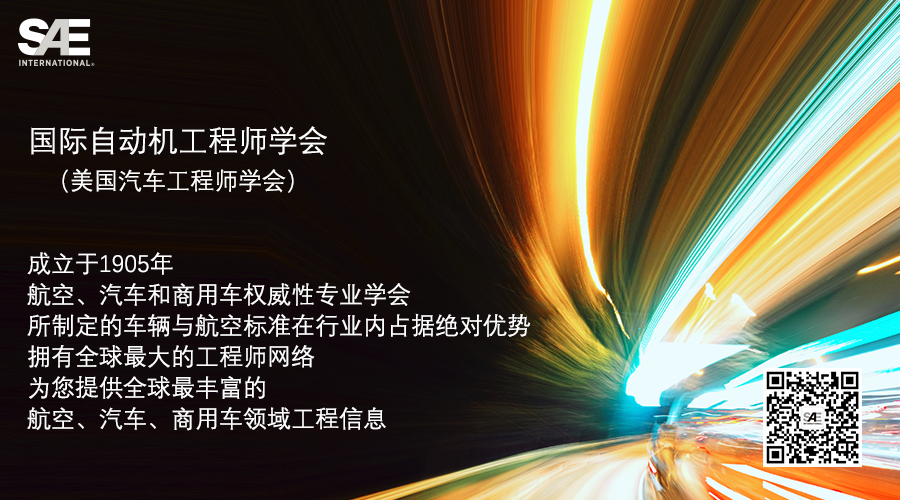 2017款本田Freed混动休旅车的新型电机转子,采用了与大同特殊钢公司联合开发的新型永磁材料。
2017款本田Freed混动休旅车的新型电机转子,采用了与大同特殊钢公司联合开发的新型永磁材料。
近日,本田汽车公司(Honda Motor Co.)和大同特殊钢有限公司(Daido Steel Ltd. )达成了一项双赢的合作战略,将一起生产一种用于电气化汽车电机的新型磁铁材料。
据了解,这种热变形钕材料已经率先登陆2017款本田Freed混合动力运动版(2017 Freed Sport Hybrid)紧凑休旅车的永磁牵引电机。这两家公司表示,热变形钕材料具有重大意义,因为这种材料并不属于“重”稀土金属,并不需要掺杂镝和铽稀土元素以提高耐热性,可以直接满足电动车和混合动力车电机对高磁性和耐热性的要求。
本田可以通过与日本大同特殊钢公司(Daido Steel)的新型永磁材料联合研发, 进一步有效降低其电机对“重”稀土材料的依赖。据了解,本田努力寻求替代解决方案是为了进行成本控制,并保证材料的可靠供应:目前,尽管中国的稀土储量仅占全球总量的35%,但却占到全球稀土元素供应量的93%,其中就包括在永磁材料中必不可少的钕和镝。
2010年,一艘中国渔船涉嫌在所谓的“日本海域”作业被扣押,曾引起中国短暂禁止对日的稀土出口。专家表示,随着中国海洋边界问题的紧张局势的不断加剧,出于对中国禁运稀土金属的担忧,以及对降低材料成本的期待,本田动力系统部门开始研发风险较低的“重”稀土元素替代品。
此外,美国能源部也开始进行“寻求关键技术稀土替代品行动(REACT)”,旨在寻找成本较低、供应可靠的稀土原料替代品。
虽然钕(Nd)属于稀土元素,但其实相当普遍易得,钴、铜和镍等元素均比钕元素更稀少。当与铁、硼形成化合物(Nd2Fe14B)时,钕元素能够提供比其他永磁材料更高的磁性,从而允许客户在广泛的商业应用中使用尺寸更小、质量更轻的磁铁。
大同特殊钢的子公司大同电子(Daido Electronics)一直在通过热变形工艺量产钕磁铁。热变形工艺与磁铁生产中常用的烧结工艺有所不同,可以使纳米级别的晶粒精确排列。因此,热变形磁铁的晶粒结构比烧结磁铁要精细大约10倍。
这样一来,厂商无需掺杂昂贵的“重”金属稀土元素,也可以生产出耐热性更高的磁铁。为了适应新型磁铁的特点,本田在设计中专门改进了一款牵引电机转子的形状,以优化磁铁的磁通流动。
这款最新开发的热变形钕磁铁已经为大同特种钢打开了一扇大门,使其能够参与到电动汽车的全球供应链之中。而过去,牵引电机磁铁的市场一直以烧结磁铁为主。据了解,大同电子已经在津川市(Nakatsugawa City)的工厂新建了一条生产线,并从加拿大多伦多的Magnequench International公司采购磁粉。
有趣的是,Nd2Fe14B磁铁合金是在1982年由通用汽车公司(General Motors)和Sumitomo Specialty Metals特殊金属公司联合开发的,当时也是为了应对钐钴(SmCo)磁体成本过高的挑战。
作者:Lindsay Brooke
来源:SAE《汽车工程》杂志
翻译:SAE 中国办公室

Honda’s new e-motor magnet aims to mitigate China rare-earth monopoly
Honda Motor Co. and Daido Steel Ltd. recently scored a strategic win when they announced the first production application of a new magnet material for electrified vehicle motors.
The material—hot deformed neodymium—is being used first in a new permanent-magnet traction motor powering Honda’s 2017 Freed Sport Hybrid compact minivan. Significantly, the material is not a “heavy” rare-earth metal, one that requires “doping” with dysprosium or terium rare earths to achieve high heat-resistance characteristics. Yet it has the high magnetic and thermal performance necessary for use in EV and hybrid vehicle e-motors, according to the companies.
The new magnet material co-developed with Daido Steel brings Honda one step closer to effectively reducing content of “heavy” rare earths in its e-motors going forward. Cost and reliable supply are the reason: Chinese mines currently supply more than 93% of the world’s rare earth elements including neodymium and dysprosium that are essential to scores of magnetic products (though 65% of the world’s reserves lie elsewhere).
In 2010, China briefly embargoed exports of rare earths to Japan after a maritime incident involving one of its fishing boats allegedly operating in Japanese waters. Increased tensions with China over disputed oceanic boundaries, the metals embargo and opportunity to reduce material cost likely prompted Honda powertrain planners to develop less risky alternatives to replace the heavy rare-earths, according to experts.
The U.S. Dept. of Energy’s REACT (Rare Earth Alternatives in Critical Technologies) program also aims to find low-cost and reliable alternatives for rare earths.
Although classified as a rare earth, neodymium (Nd) is a fairly common element, no rarer than cobalt, copper and nickel. When compounded with iron and boron (Nd2Fe14B) it inherently offers much greater magnetic strength than other permanent magnets, allowing use of smaller, lighter magnets in a wide range of commercial applications.
Daido Electronics, a subsidiary of Daido Steel, has been mass-producing neodymium magnets using hot deformation. The process differs from sintering which is typically used in magnet production. Hot deformation enables nanometer-scale crystal grains to be precisely aligned. The resulting crystal grain structure is approximately 10 times finer than that of a sintered magnet.
This makes it possible to produce magnets with greater heat resistance properties without the need for doping with the expensive “heavy” rare earths. To accommodate the new magnet Honda designed a new traction motor with a revised rotor shape designed to optimize the flow of the magnetic flux.
A market for the newly-developed hot deformed neodymium magnet opens the door for Daido Steel into the global electrified vehicle supply chain, which for traction-motor magnets has been dominated by sintered Nd magnets. Daido Electronics built a new production line at its Nakatsugawa City plant, and sources its magnetic powder from Magnequench International in Toronto, Canada.
Interestingly, the Nd2Fe14B magnet alloy was developed in 1982 by General Motors and Sumitomo Specialty Metals in response to the high cost of samarium-cobalt (SmCo) magnets.
Author: Lindsay Brooke
Source: SAE Automotive Engineering Magazine
等级
打分
- 2分
- 4分
- 6分
- 8分
- 10分
平均分
